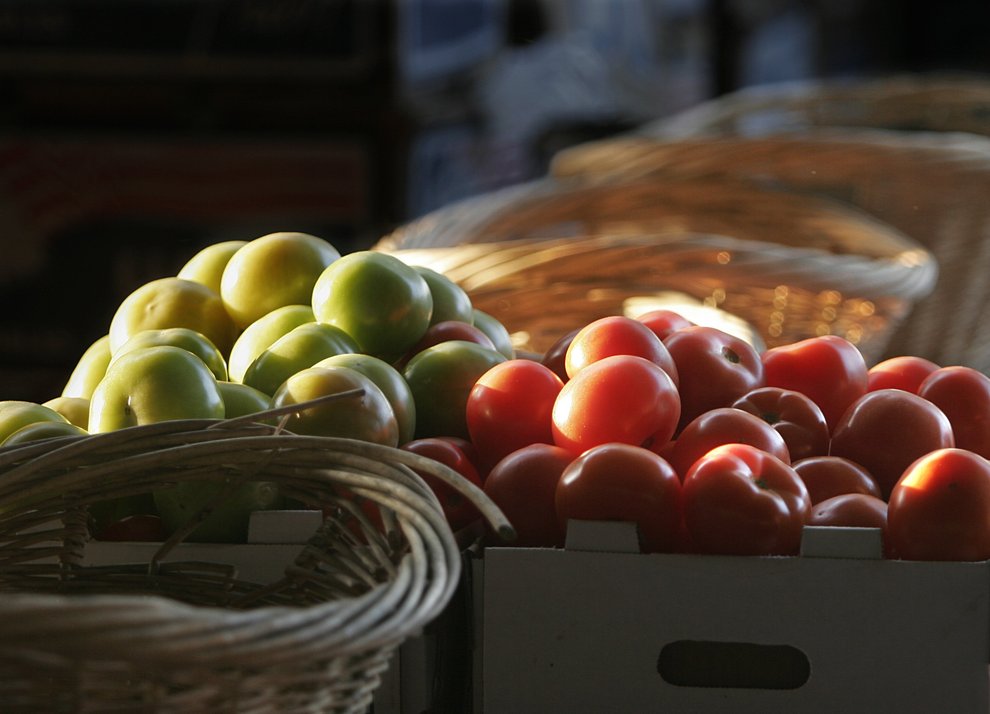
Overall, California’s food stamp (now CalFresh) participation rate ranks next to last in the nation, but some California counties are taking steps to bring more low-income families into the program. To offer an inside view into one county’s efforts, Kate Karpilow of the California Center for Research on Women and Families interviewed Johnie Belford, who helps manage Fresno County’s CalFresh program.
Fresno has been successful in boosting the county’s CalFresh utilization rate from 64.6 in 2006 to 78.8 in 2009. Can you share some of the reasons why?
In 2009, one big reason that our rate went up was increased demand — the economy got really bad and we had a drought on top of everything else. People came in to get food stamps that never would have come in before.
We also changed our intake process so that folks could go in and out very quickly.
Any specific kinds of outreach in the community?
We did lots of outreach on Spanish radio and TV. Through interviews in food lines, we had learned that people misunderstood that children of immigrants were not eligible. So we did a lot to educate undocumented parents that their citizen children are eligible for CalFresh.
We also found that some people thought the Calfresh was only for families and not single adults. We did advertising spots on that also.
Overall, we have 24 staff that go out into the field, into communities – especially the rural communities. In some of the outlying communities, it can cost a client $50 in gas to get into our main office in Fresno, so we go to the client to help them apply.
We also have 3 regional offices that are “one-stop” centers where people can apply for CalFresh and other benefits like Medi-Cal. They are located in Coalinga, Reedley, and Selma. We don’t have a one-stop yet in the west side of the valley.
Any other strategies?
A new brochure, special events, a partnership with a local businesses, and faith-based outreach. We also do outreach to migrant camps, one opens up in April.
We also made a DVD on eligibility for Calfresh (and Medi-Cal), with staff as actors. We pass the DVDs out to everyone. It describes who is eligible and how and where to apply.
Any special training for your staff?
Mostly we haven’t had to provide training because the staff are already very client-oriented.
It takes a special kind of staff – they have to be independent, able to make decisions.
They are out there no matter if it is raining, foggy, or hailing.
We did have a consultant come in to do some cultural sensitivity training, to increase sensitivity to the local Mono Native American tribe, to understand their culture and show respect.
Do you work with local nonprofits?
We work closely with community-based organizations. We have a good relationship with them, and they are always willing to help us. In particular, we are working with the Community Food Bank and Catholic Charities.
At times, there are issues dealing with CBOs – limited staff, funding issues, some close down. But we can’t be everywhere, so any help from these partners help us reach people who are eligible is welcomed.
Our protocol is that the applications have to be turned in within 24 hours.
Some CBOs have applications picked up, others fax them in.
Do any of the CBOs complete the applications electronically?
When we started using Benefits Cal-WIN (an on-line application system) in July 2010, we set up meetings with CBOs to help them work with their clients. We trained over 100 CBO staff. But most of the CBOs aren’t doing the electronic applications.
Do the CBOs get a stipend for taking CalFresh applications?
No – they do it out of the kindness of their heart and service to the client.





